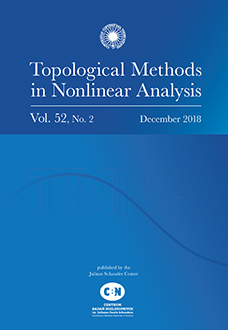Abstract
A spectral sequence analysis of a filtered Novikov complex $(\mathcal{N}_{\ast}(f),\Delta)$ over $\mathbb{Z}((t))$ is developed with the goal of obtaining results relating the algebraic and dynamical settings. Specifically, the unfolding of a spectral sequence of $(\mathcal{N}_{\ast}(f),\Delta)$ and the cancellation of its modules is associated to a one parameter family of circle-valued Morse functions on a~surface and the dynamical cancellations of its critical points. The data of a spectral sequence computed for $(\mathcal{N}_{\ast}(f),\Delta)$ is encoded in a family of matrices $\Delta^r$ produced by the Spectral Sequence Sweeping Algorithm (SSSA), which has as its initial input the differential $\Delta$. As one ``turns the pages'' of the spectral sequence, differentials which are isomorphisms produce cancellation of pairs of modules. Corresponding to these cancellations, a family of circle-valued Morse functions $f^r$ is obtained by successively removing the corresponding pairs of critical points of $f$. We also keep track of all dynamical information on the birth and death of connecting orbits between consecutive critical points, as well as periodic orbits that arise within a family of negative gradient flows associated to $f^r$.
Citation
Dahisy V. de S. Lima. Oziride Manzoli Neto. Ketty A. de Rezende. Mariana R. da Silveira. "Cancellations for circle-valued Morse functions via spectral sequences." Topol. Methods Nonlinear Anal. 51 (1) 259 - 311, 2018. https://doi.org/10.12775/TMNA.2017.047





